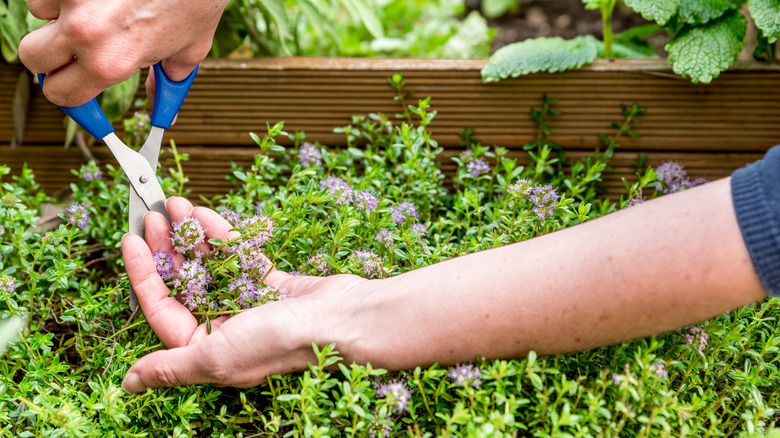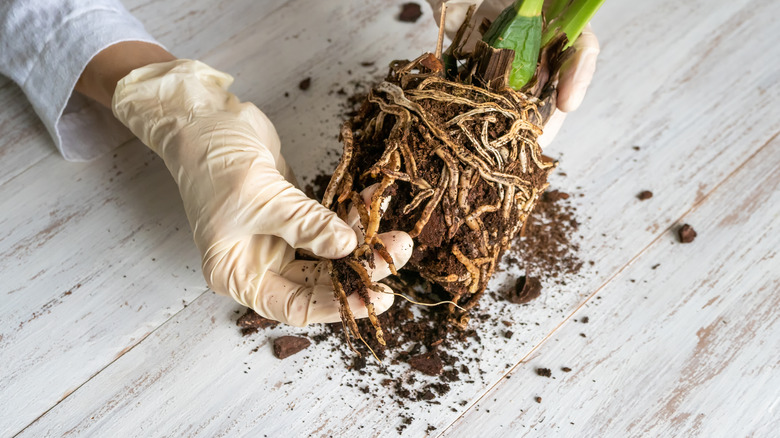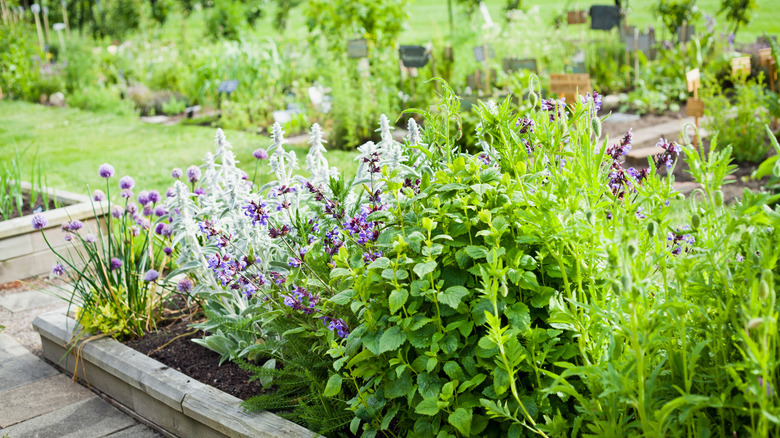Why Is My Thyme Plant Turning Brown And How Can I Fix It?
Thyme is a popular culinary herb that adds a robust flavor to a variety of dishes. It is a beginner-friendly and easy-to-grow herb that you can harvest all year. However, thyme can turn brown and die like any other plant. If your thyme leaves are turning brown, root rot is likely to blame. You can fix browning thyme by treating the source of the root rot and repotting the herb.
Root rot is a common problem for many plants and is typically caused by overwatering. The fungus that causes root rot breeds in moist soil. The fungus attacks roots, causing them to rot and turn brown. When left untreated, root rot will render the roots unable to absorb nutrients. Cleaning the roots and replanting the thyme is the best way to counteract root rot and save your herb. You can prevent future root rot by planting your thyme in well-draining soil or in soil atop drainage rocks.
What does root rot do to thyme?
Root rot is a fungal disease that attacks roots and renders them unable to absorb nutrients. It is typically caused by overwatering. Because fungus thrives in wet conditions, moist soil is an ideal breeding for the disease. Thyme needs well-draining soil, or it will be susceptible to root rot. If thyme roots are left to rot, the entire plant will ultimately die, yet the fungus will remain in the soil. The fungus can linger in the soil and infect neighboring or newly planted plants.
Browning occurs because the roots can no longer absorb the necessary nutrients and water to survive. Think of it this way: if green indicates thyme is healthy and rich in nutrients, brown suggests stress and lack of nutrients. Infected roots will appear dark brown or black and feel mushy. There is also a distinct and foul smell of decaying plant matter. The darker the roots and the mushier the texture, the less likely a plant like thyme can bounce back. However, brown, slightly firm roots and roots that have just begun to rot are excellent candidates for rescuing.
How to fix brown thyme
Luckily, if the disease has not progressed to killing the roots, you can save your herb. You'll need new healthy, and well-draining soil, a clean pot, gloves, garden shears, fungicide, and a bowl of water. River rocks are optional but recommended to help with drainage. The first step is to remove it from the soil, then, carefully cut away the roots that have discoloration and texture inconsistency. Pale and firm roots are okay to leave behind if you see no other color creeping up the root. Remember, darker color suggests fungus and rot.
For a mild case of root rot, a simple rinse and soak in a bowl of water will suffice. However, for a widespread infection, you'll want to use a fungicide solution to ensure you've killed all of the fungus. Follow the brand-specific instructions to ensure success. As the roots are soaking, you can prepare a new pot with soil. Opt for soil that drains well to avoid future incidents. You can go a step further and put river rocks on the bottom of the pot before adding the soil. Remove the thyme from the soak and plant it in the new healthy soil. You can return the plant to an herb garden once it proves viable, or you can continue to grow it in a pot.


